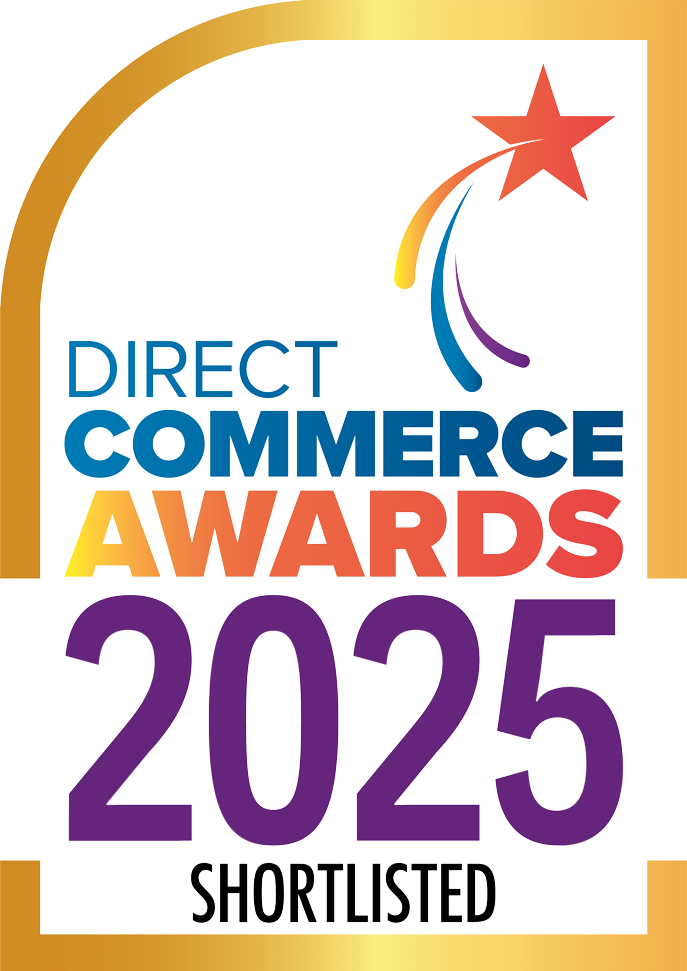Addressable: Why it matters now
We all know that attention is scarce, wallets are tighter, and media is more fragmented than ever, the need for precision in marketing has never been more urgent. This is where addressable media steps in, it’s not just another marketing buzzword, but a fundamental shift in how brands reach, engage, and convert target customers.
The consumer has changed and so must we
Today’s consumers are harder to identify when it comes to traditional marketing techniques. They’re mobile, multi-platform, and highly selective. Their expectations are shaped by personalised feeds, scroll based algorithm content, and seamless brand experiences that reflect their individual preferences.
They want relevance. They want value. They want it now.
TV viewing habits, in particular, have undergone a seismic shift. While traditional linear TV still has reach, it no longer dominates. Audiences have moved to streaming platforms, catch up services, and on-demand viewing. In the UK, over 80% of households now use at least one subscription based streaming service, and the use of BVOD (broadcaster video on demand) platforms like ITVX, Channel 4, and Sky Go has surged.
We’re no longer watching the same thing at the same time, we're watching what we want, when we want, on the device we choose. For brands, this means that mass reach is no longer enough; relevancy and timing are everything. Addressable TV enables advertisers to serve different ads to different households during the same programme, delivering national scale with local or personalised relevance.
And in times of economic downturn, behaviour becomes even more nuanced. Viewers are not only seeking content that brings them comfort or escape but are also more value conscious in their decision making. That mindset spills into how they engage with brands. Campaigns that speak directly to their needs, whether that’s a local deal, a flexible finance option, or simply a brand that “gets” them, are more likely to have an effect.
Recently, there has been plenty of talk about the marketing funnel and how it no longer exists in its traditional, linear format. Consumers now sit on a game of snakes and ladders, or a pinball machine when it comes to their relationships with brands and where they are engaging with them, moving between buying mindsets and making decisions in ways that are no longer logical in a world of awareness, consideration and conversion.
Geography is your strategic advantage
One of the most powerful, yet often overlooked, levers in identifying your audience, is geography. By understanding where your audience lives, shops, commutes, and consumes media, you can start to spot audience hotspots that are primed for action.
This geographic insight allows you to plan and activate integrated, multi-channel campaigns by aligning TV, digital, out-of-home, social, and even direct mail, all focused on high-potential postcodes or regions. You’re not just increasing exposure, you’re doing it smartly, with measurable frequency to the right people in the right locations.
It also gives marketers confidence. When you know you’re reaching the correct audience group repeatedly across channels and can track response and engagement at a local level, it’s far easier to justify spend and demonstrate effectiveness to the business. It’s not guesswork, it’s precision marketing rooted in location based insight.
Media is fragmented, but opportunity isn’t
With the explosion of digital platforms, connected TV, social media, and Digital out of home, media consumption is no longer linear or predictable. Audiences are everywhere, and if brands want to stay relevant, they must be everywhere too.
That’s where an addressable media strategy shines. It allows brands to tailor creative, messaging, and delivery to specific households, postcodes, or even individuals. Whether it’s showing family focused messaging to homes with children, or promoting retirement products to a postcode with penetration of over 70’s, addressable puts precision at the heart of every campaign.
Results matter, especially now
When budgets are under scrutiny, every pound must work harder. Addressable campaigns offer not just efficiency, but accountability. They give brands the ability to test, learn, and optimise in near real time, something that’s increasingly essential in a ever changing economy.
We’ve seen it in the numbers, improved ROI, higher engagement rates, and better conversion metrics across the board. Addressable TV campaigns have demonstrated double-digit uplifts in ad recall and intent compared to linear only campaigns. Whether it's driving footfall to local branches, pushing regional promotions, or boosting national awareness with local relevance.
A smarter future starts now
Addressable media isn’t the future. It’s the now. For brands willing to adapt, it offers a clear path through complexity, turning fragmented audiences into defined opportunities, and passive impressions into measurable outcomes.
In a tough economic climate, broad strokes don’t cut it. Precision does. An addressable strategy is how brands can achieve it.














